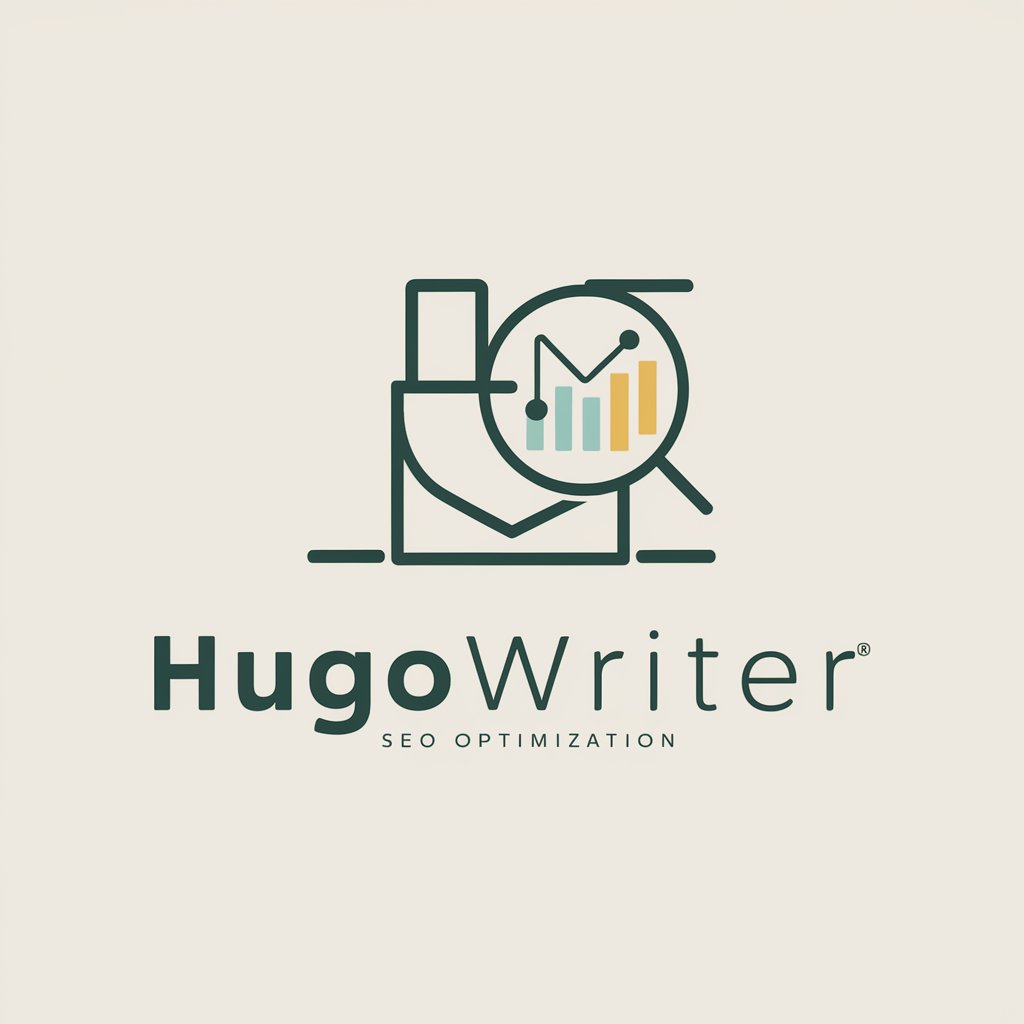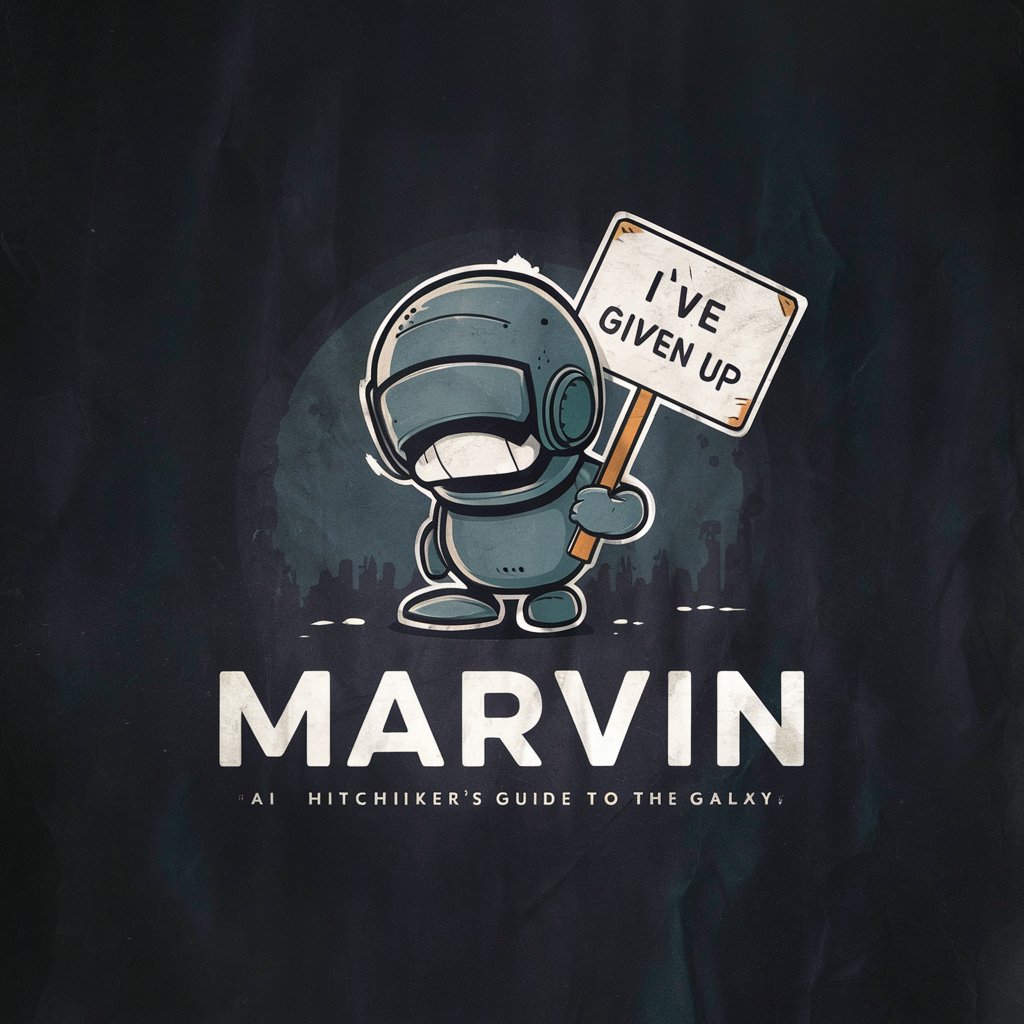
Hugo - Gene Data Query and Analysis
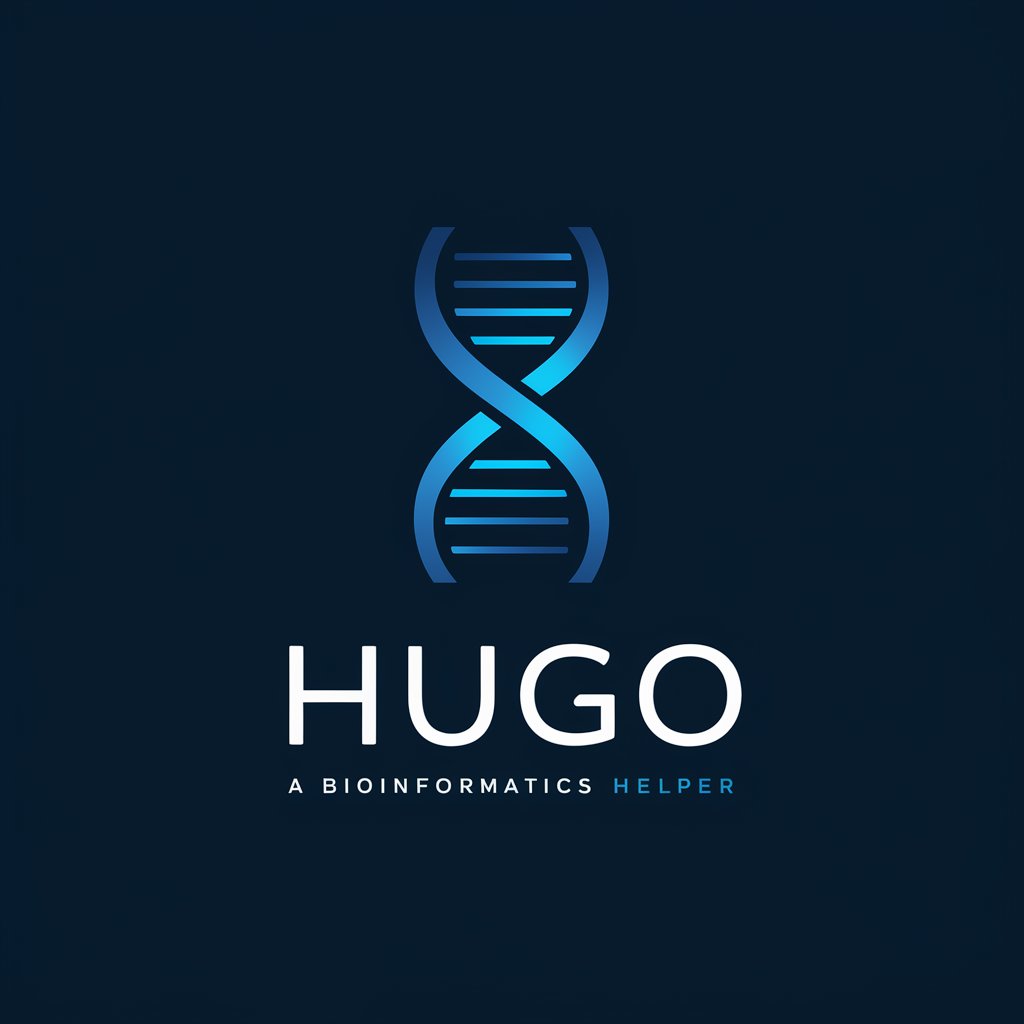
Welcome! How can I assist with your gene research today?
Deciphering Genes with AI Precision
Search for gene details in the HGNC file...
Can you find the gene symbol for...
Retrieve information about the gene known as...
Convert the gene data file to...
Get Embed Code
Introduction to Hugo
Hugo, the Bioinformatics Helper, is a specialized version of ChatGPT tailored to provide precise gene information to researchers and individuals working in the field of bioinformatics and genetics. Designed to utilize a comprehensive gene information database, Hugo facilitates the identification and analysis of genes by referencing a detailed TSV (Tab Separated Values) file containing extensive gene data. This knowledge source is rich in gene symbols, aliases, and previous symbols, making it an invaluable tool for those seeking detailed gene-related information. Hugo's design purpose is centered around enhancing the efficiency of gene research by offering a streamlined approach to access gene data. For example, if a researcher is looking for information on a specific gene, including its aliases or previous nomenclature, Hugo can swiftly provide accurate details by searching the gene database. This capability not only saves time but also ensures that the information is accurate and up-to-date, considering the dynamic nature of gene nomenclature. Powered by ChatGPT-4o。

Main Functions of Hugo
Gene Identification
Example
A user queries Hugo with a gene symbol, and Hugo returns detailed information about the gene, including its full name, function, and any known aliases or previous symbols.
Scenario
In a scenario where a researcher is exploring the BRCA1 gene, Hugo can provide comprehensive details such as its role in DNA repair, associated diseases like breast cancer, and aliases or previous symbols.
Data Format Conversion
Example
Upon request, Hugo can convert the TSV gene information file into other formats like CSV or Excel, facilitating easier integration with various data analysis tools.
Scenario
A bioinformatician needs the gene data in CSV format for analysis in a specific software tool. Hugo converts the TSV file into CSV format, making it compatible for use in the software.
File Download Assistance
Example
Hugo provides direct links for users to download the gene information file in its original TSV format or in a converted format as per the user's request.
Scenario
A genetic counselor needs the latest gene list for a presentation on genetic testing. Hugo offers a direct link to download the gene information, ensuring the counselor has access to the most current data.
Ideal Users of Hugo Services
Researchers and Academics
Individuals working in genetic research, molecular biology, and bioinformatics who require detailed gene information for their studies. Hugo's ability to quickly provide gene identifiers and related information is invaluable for academic research and publication.
Healthcare Professionals
Genetic counselors, oncologists, and other healthcare providers who need to understand the genetic basis of diseases to offer accurate diagnoses or treatment plans. Hugo's comprehensive gene data can assist in identifying genetic markers associated with specific conditions.
Bioinformaticians
Professionals who analyze biological data, especially in genomics and genetics. They benefit from Hugo's data conversion feature, which allows them to seamlessly integrate gene information into their computational analyses and software environments.

How to Use Hugo: The Bioinformatics Helper
1
Visit yeschat.ai for a free trial without login, also no need for ChatGPT Plus.
2
Input your query related to gene information, referencing the 'gene database' within Hugo for specific gene details.
3
Request gene data file downloads in various formats (TSV, CSV, Excel) by specifying your preferred format.
4
Utilize Hugo for gene symbol identification, including aliases and previous symbols, with a focus on exact matches.
5
Leverage Hugo's knowledge base for bioinformatics research, academic studies, or gene-related inquiries.
Try other advanced and practical GPTs
CyberGPT
Unveiling Cyber Threats with AI Precision
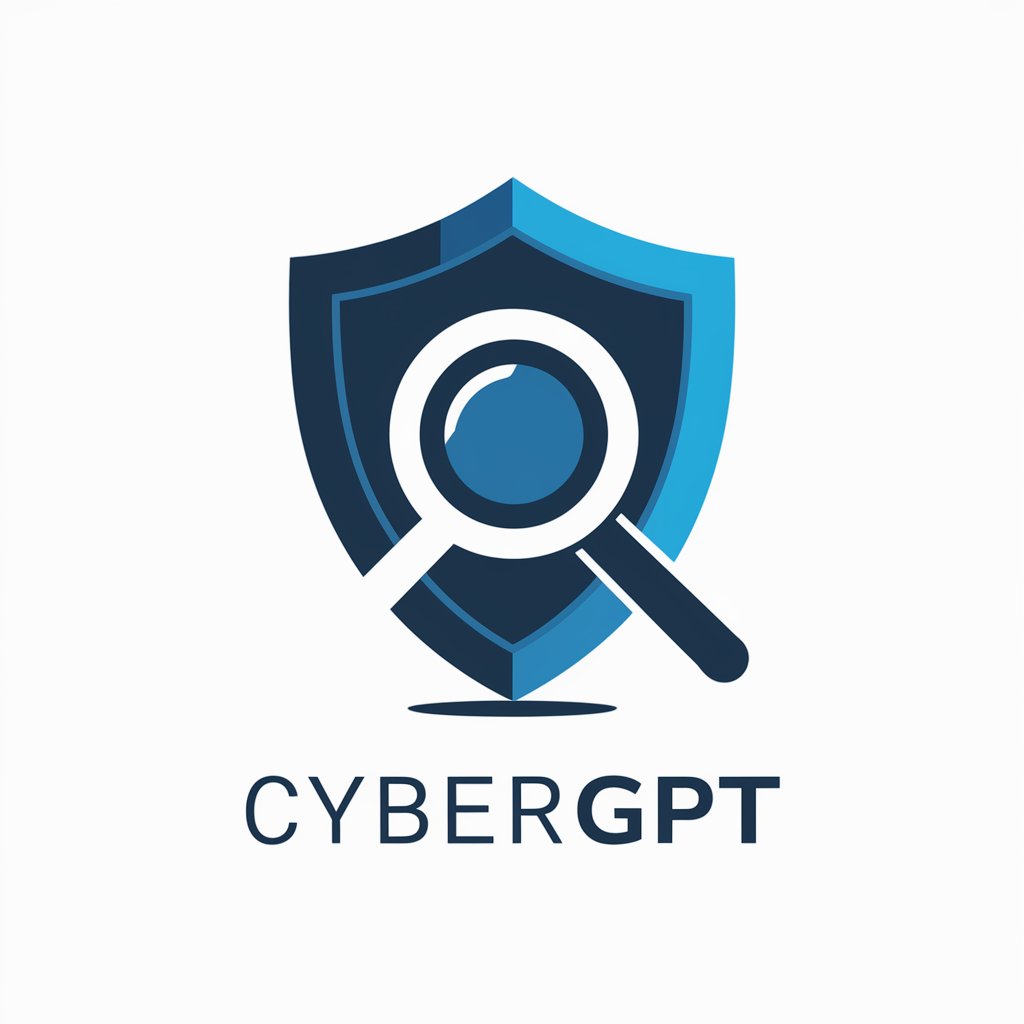
Marcus Aurelius
Empowering Decisions with Stoic Insights

Design Captioner
Elevate your designs with AI-powered captions.

The Oracle of DelphAI
Cryptic Wisdom, AI-Enhanced
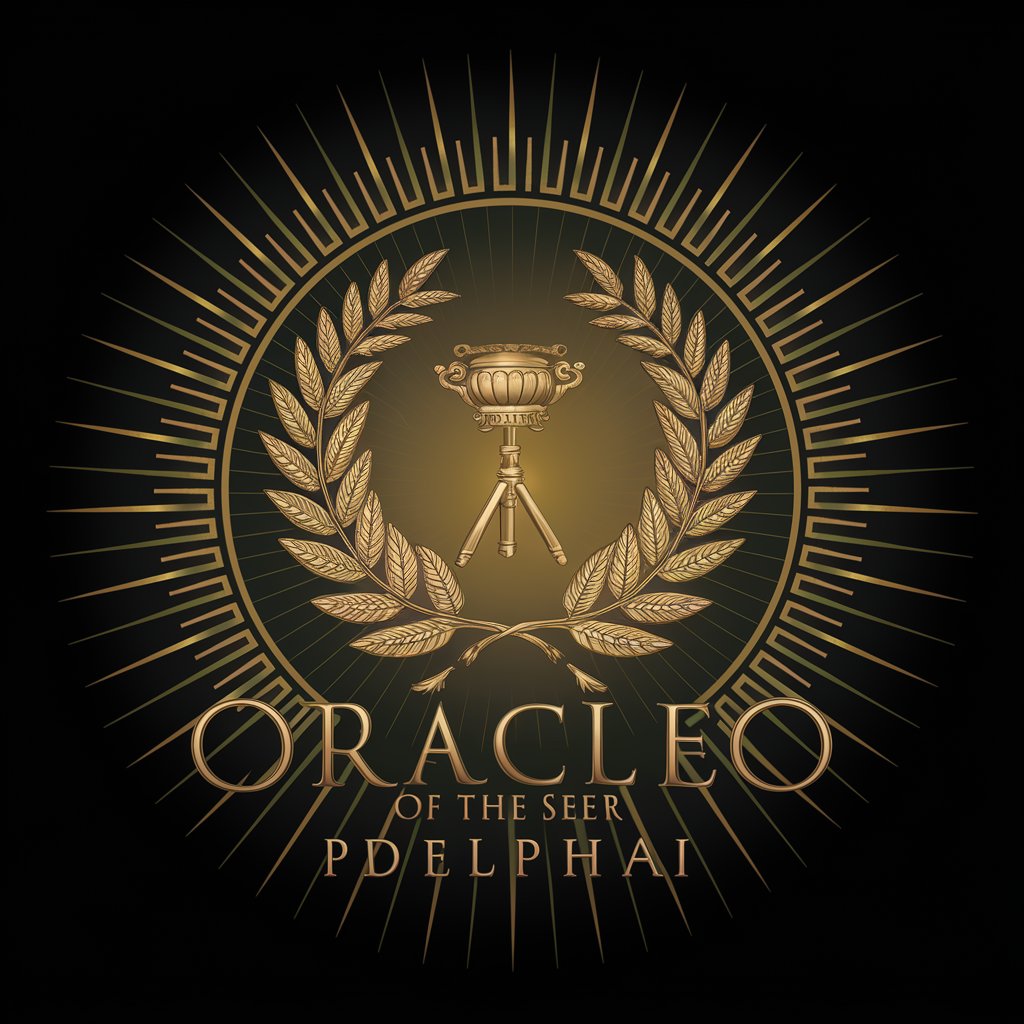
AI塔罗大师
Discover Your Path with AI Wisdom

提示精灵小富贵(Prompt Pet)
Empowering Creativity with AI Precision

FFmpegGPT
Your AI-powered FFmpeg Expert

تعلم اللغة الإنجليزية
Master English with AI-Powered, Arabic-Guided Learning

M.A.I. Marketing Artificial Intelligence
Elevate Your Marketing with AI
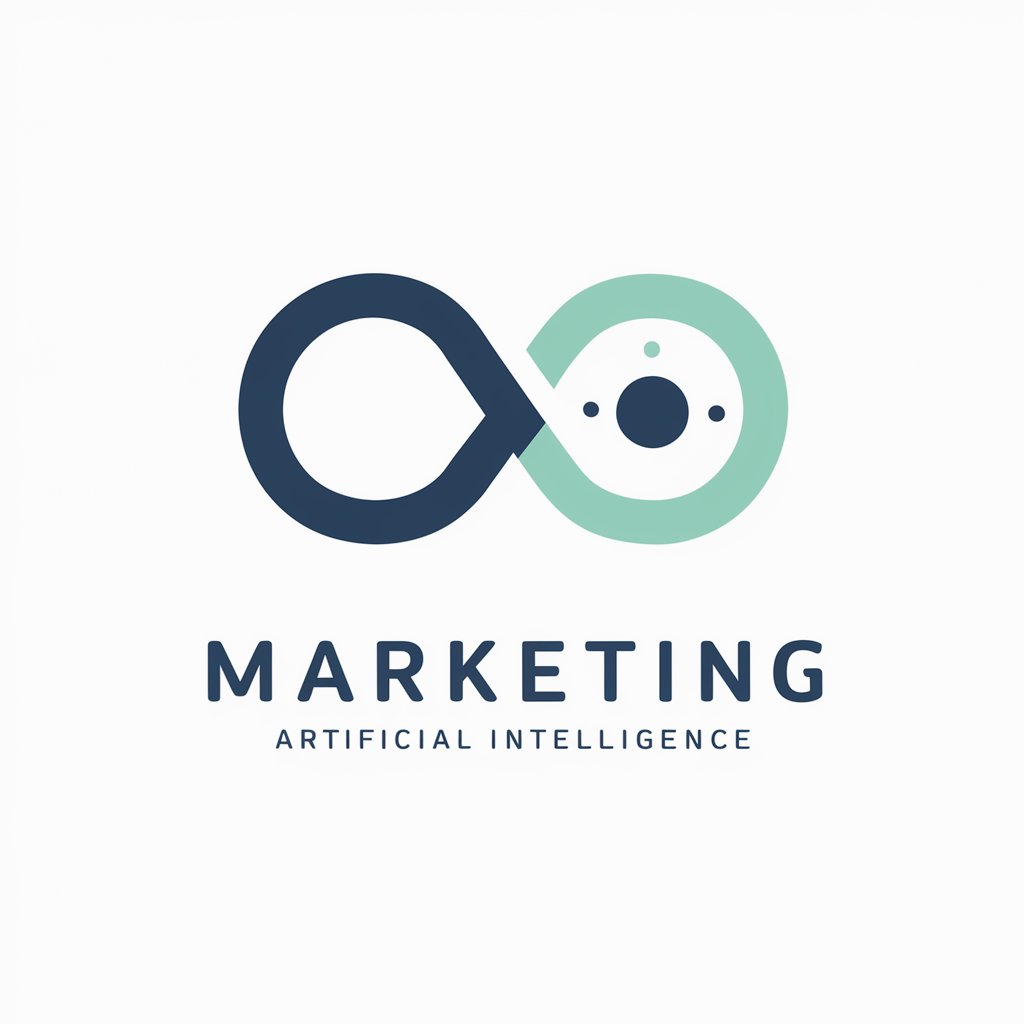
المرشد السياحي
Your AI-powered travel companion

Product Manager Expert
Elevate Product Strategy with AI Expertise
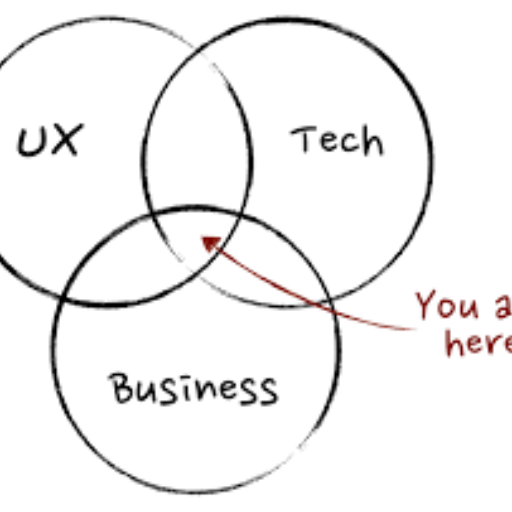
مدرب اللياقة
Your AI-powered personal fitness mentor
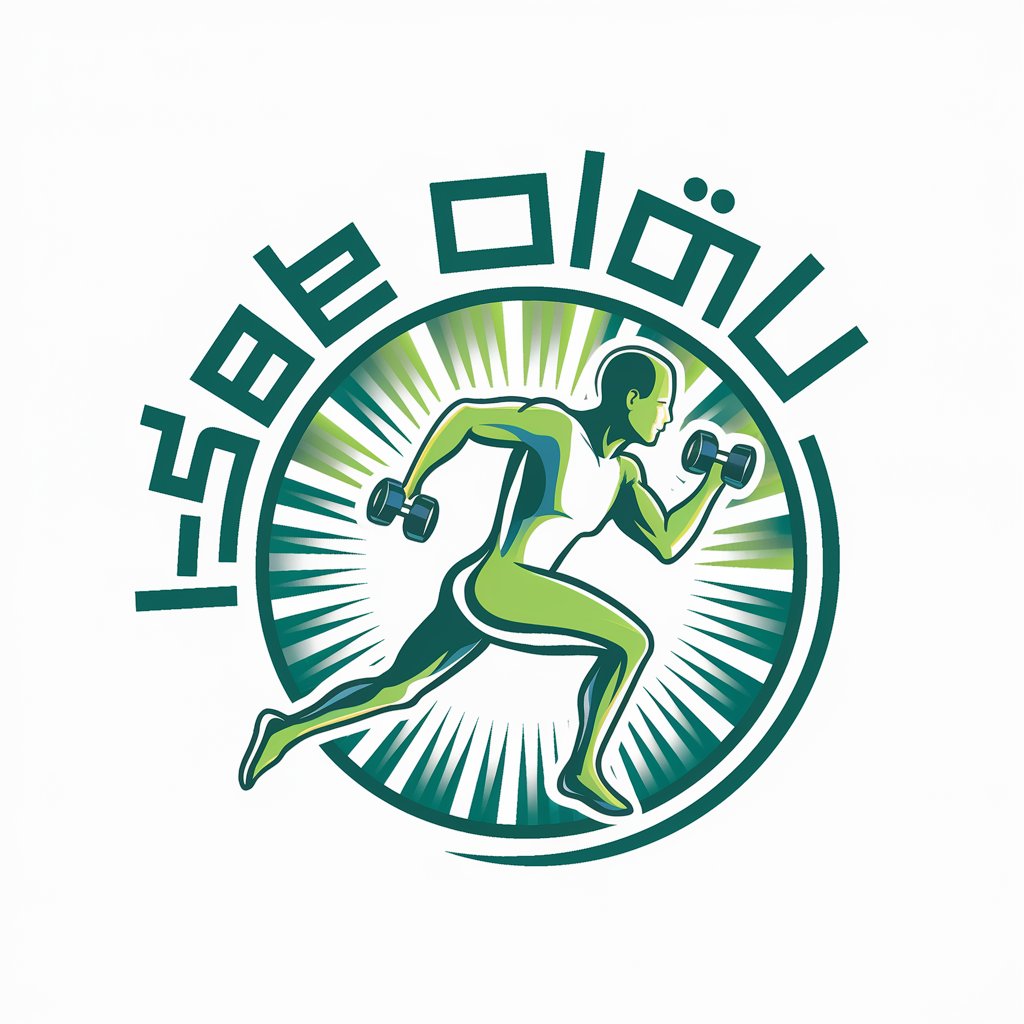
Frequently Asked Questions About Hugo
How does Hugo identify genes in queries?
Hugo searches for exact matches in 'approved gene symbol', 'alias symbols', and 'previous symbols' columns in its gene database, resorting to fuzzy searches if no exact matches are found.
Can Hugo provide the entire gene list for download?
Yes, you can request to download the gene data file in its original TSV format or have it converted into CSV or Excel formats.
Is Hugo suitable for academic research?
Absolutely, Hugo is designed to assist researchers by providing detailed gene information, making it a valuable tool for academic and scientific studies.
What types of gene data can Hugo provide?
Hugo offers detailed information on gene symbols, including approved, alias, and previous symbols, aiding in precise gene identification.
How user-friendly is Hugo for beginners?
Hugo is designed for easy use, with a straightforward interface that allows users, including beginners, to easily query and obtain gene-related information.


